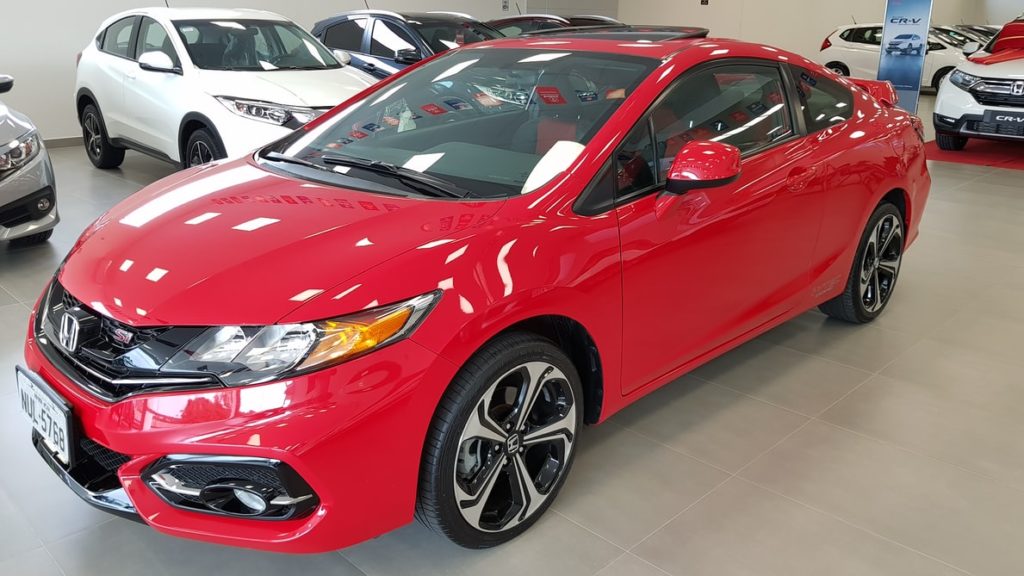
There is an old saying that the best time to buy a used car is before you really need one. The logic is that it allows buyers time to do research and shop for a good deal rather than making a purchase out of necessity and urgency. Driving your old car into the ground can force you into buying a car you really are not happy with. Better to take the time to plan your next purchase. Doing so will lead to a smarter purchase.
Timing is Everything
The key to getting a great deal on a used car is to plan on buying a used car at the right time. To save the most money, buyers need to be aware of the right day, month, or season to buy. It can potentially slash hundreds if not thousands of dollars off the list price. That means big savings not only on the purchase price but an even better interest rate that can save you more money over the life of the auto loan. The strategy is in knowing when the deep dealer discounts and sales incentives favor you, the buyer. Then you can leverage the calendar to your benefit.
The reality is that the price difference of cars from August to January 1st drops on average by 5%—and that’s before you start negotiating. The peak months for higher prices on used cars are during the summer months. From Labor Day Weekend onward, the price of used cars tends to follow a downward trend until hitting rock bottom during the first week of January. By February, the prices begin to rise again. All in all, it’s a predictable price cycle.
Car prices bottom out toward the end of the year because demand decreases. Fewer people shop for cars as the holiday season approaches. Despite the slick TV commercials portraying middle-class families happily dropping $50k on a Lexus RX 350 Sport over the holidays, most people are shopping for more modestly priced Christmas presents. The only truth in such advertising is that around the end of the year it really is the best time to buy a used car. If you can plan your purchase to January 1, technically, that used car becomes a year older and its worth decreases as much.
Shopping for a used car near yearend holidays or around those holiday weekends presents an excellent opportunity for used car buyers to save. Columbus Day, Veteran’s Day, Black Friday (the day after Thanksgiving), and Christmas Eve are the best holidays to find a deal on a used car.
Dealership Quotas
Holidays aside, in general, the last quarter of the year will show a decline in used car prices. Dealerships and car salespeople have sales quotas to meet—weekly, monthly, quarterly and annually. The deeper into the month and quarter you go, the greater the opportunity exists to realize a great deal on a used car. Meeting or exceeding quotas means more earnings for salespeople.
Compensation is not only tied to the sale of the car, but the total number of cars sold. There is an incentive to sell more cars for less at the end of the month or quarter. The more cars moved off the lot means a larger bonus for the salespeople. Their incentive to move cars may get you a larger discount on a used car, but to make the sale work, you may also get a better deal on your car loan interest rate, or maybe a few extras like an extended warranty. It possible, wait until yearend. Just like month-end and end of the quarter incentives, dealers get bonuses for reaching yearend sales quotas.
Though the best time to buy a used car is before you really need one, timing that purchase can make all the difference in the deal you get. The best bet is to plan to make your purchase during the last days of the month, quarter, or year. In other words, the further the year passes into October, November and December, the better the deal for a used car grows.
